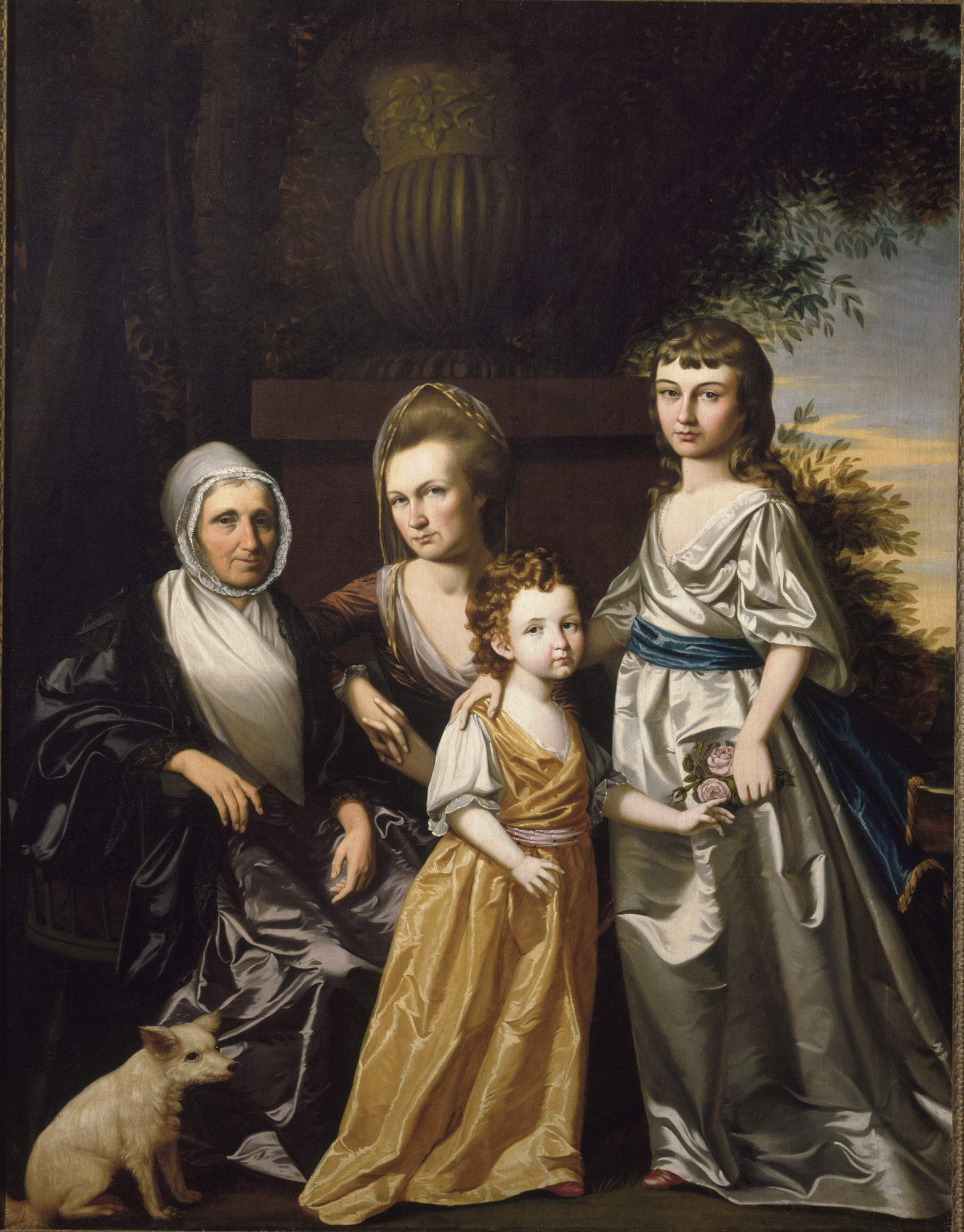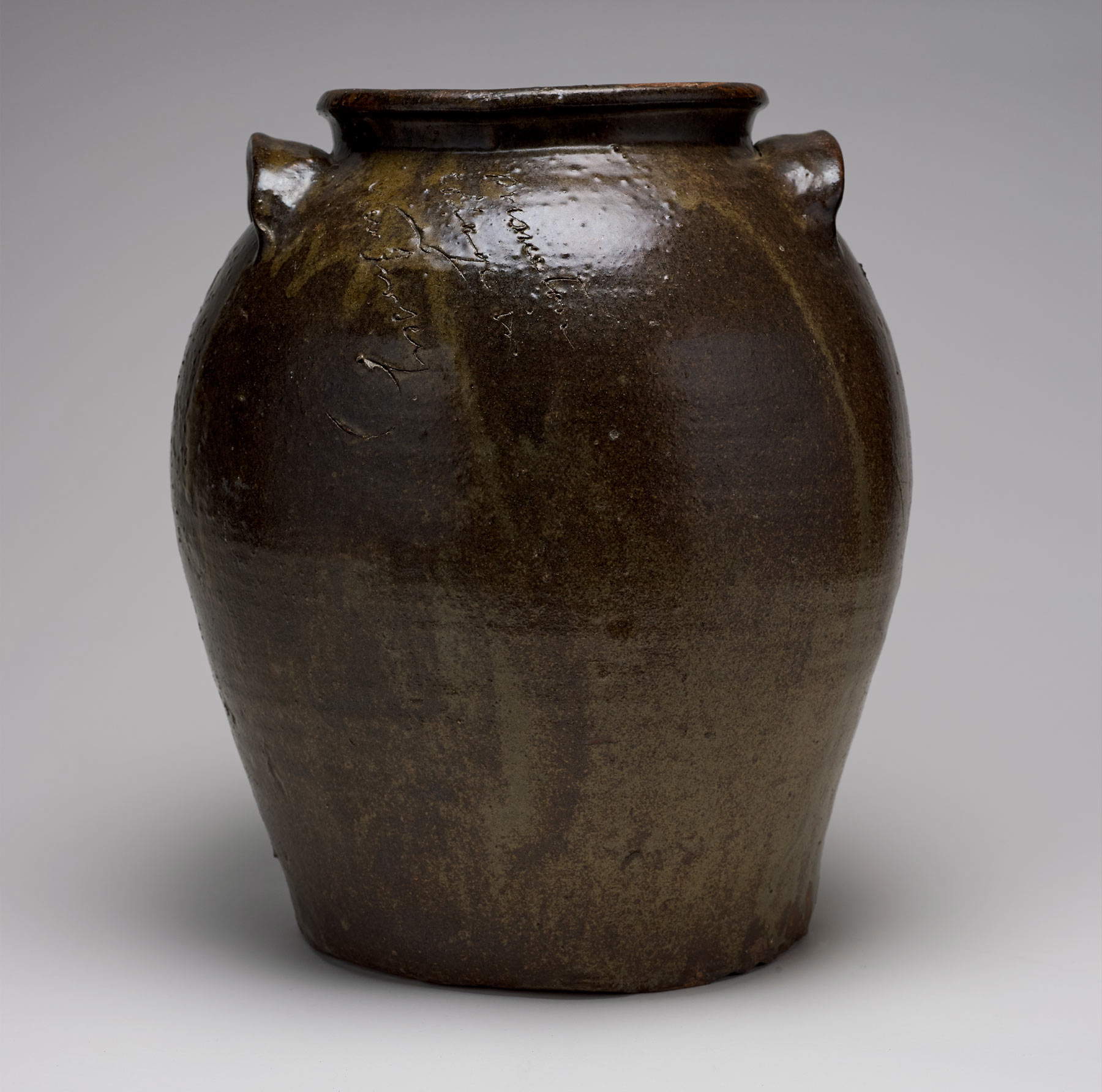When the Museum of Modern Art in New York (MoMA) reopened its doors last October following a major expansion, it was announced not only that it would be opening a significantly larger facility, but also an equally all-encompassing overhaul of all the works on display and the exhibition choices themselves. Director Glenn D. Lowry had anticipated the change, telling the New York Times in February that “the usual would be supplanted by the unexpected.” The chairman of the board, Leon Black, had added that if previously “the museum had not given importance to women artists, had not given importance to what artists from minority backgrounds were doing, and was geographically limited...now it should become part of the multicultural society in which we all live.”
As soon as the new MoMA was revealed, reviews were generally positive, especially for the way the building was populated, that is, with the artworks becoming an expression of great diversity, capable of shaking up the modernist orthodoxy that the museum itself had institutionalized. Among the most significant installations of the refit was the provocative juxtaposition of canonical works with some important works by artists who were previously outside the mainstream, beginning with the juxtaposition of Pablo Picasso ’s Les Demoiselles d’Avignon (1907), one of the centerpieces of MoMA’s collection, with the canvas American People Series #20: Die, made sixty years later by African American artist Faith Ringgold and acquired by the museum only in 2016 (fig. 1). Picasso’s work, with its radical disavowal of traditional composition and perspective, is considered a monument of Western art. Ringgold’s painting is a monument of another, albeit lesser-known, art, the socially engaged art of the Black Arts Movement (BAM), a term coined by writer and activist Amiri Baraka to refer to the broad coalition of politicized black artists devoted to the issue of racial identity, to which Ringgold was incidentally also connected.
 |
| 1. MoMA’s new exhibit featuring Picasso’s Les Demoiselles d’Avignon next to Ringgold’s Die. Ph. Credit Heidi Bohnenkamp |
Picasso’s painting depicts a number of prostitutes showing themselves to the gaze of the artist and the viewer (plus, the figure guarding all of them on the left was a male figure until the painting’s final drafting), and therefore, in terms of content, it is a socially regressive work, even if in formal terms it is revolutionary. Die is the opposite: it is nothing formally innovative for 1967, but the subject matter is decidedly progressive in terms of its ability to paint a cautionary portrait of the specter of interracial violence and its future effects. Three pairs of male figures, of different races, dressed in black and white, engage in a bloody fight, while three women (also of different races and dressed in flesh-colored clothing that accentuates their exposure and vulnerability) try to quell the violence and protect the mixed pair of children who hold each other. By showing the aggression of both races, and the women as heroines trying to curb it, Ringgold has moved away from the more partisan and macho character of much of BAM’s art: but Die also reflects a shift from the hopeful integrationist instances of the Civil Rights Movement of the early 1960s to the more strident ones of the antithetical and nationalist Black Power movement. A stance in line with the dictates of BAM.
Ringgold, in making her Die, had been inspired by Picasso’s Guernica (1937), which remained in the United States between 1939 and 1981, waiting to be returned to the Republican government of Spain. So, the placement of this seminal painting next to another Picasso icon makes historical sense. To make a comparison between the political context of Guernica and that of Ringgold’s work is instructive: Picasso’s painting was commissioned by Republican Spain and reflects his leftist sympathies (the artist was a devoted supporter of the French Communist Party), but as is often said about Picasso’s political commitments seen in relation to his ambitions, he essentially belonged to a party with only one membership, “I, Picasso.” In contrast, Ringgold’s practice is well aware of the politics of race and gender and wishes to see them advanced. Another BAM-linked artist, Betye Saar, said that “my goal as an artist is to create works that show injustice and reveal beauty.” Clearly, for her as for Ringgold, ethics and aesthetics have similar importance in their work and in their lives.
That Les Demoiselles d’Avignon and Die can share the same gallery in the fortress of modern art, and that they can be considered relevant, is due in large part to the progressive thrust of another movement that has a similar acronym as BAM. Black Lives Matter (BLM) was founded in 2013 by three women activists soon after the rise in extrajudicial killings of African Americans, mostly at the hands of the very police who are supposed to protect citizens. BLM has ignited and continues to inspire a broad review of racist, sexist and colonialist beliefs and structures that are embedded throughout American society, not excluding art and the ways in which it is valued, displayed and understood.
Ringgold’s art anticipated all this, plus the artist seems almost to have foreseen the juxtaposition of his work with that of Picasso. One historiated quilt, part of his 1991 series Dancing at the Louvre (fig. 2), depicts Picasso at work in front of his masterpiece, while he himself is naked like many of his subjects. There is another figure added between the artist and Les Demoiselles: an exuberant black woman, for an intervention that insists with great confidence on her inclusion and belonging in the narrative. Over Picasso then looms, like a guiding spirit, a figure drawn from African art, to affirm the latter’s influence on the painter’s practice, in a stronger way than is apparent from the faces of the two Demoiselles on the right, which resemble those of African masks.
 |
| 2. Faith Ringgold, Picassos Studio (1991; acrylic on canvas and fabric, 185 x 173 cm) |
In the museum where I work, not far from New York, the Princeton University Art Museum, we have a much older painting, somewhat similar to the Demoiselles but in many ways totally different. Executed around 1787 by American artist Henry Benbridge, probably commissioned by one of the subjects depicted, it depicts a small group of standing and seated women who are members of the Hartley family, originally from South Carolina (fig. 3). Their dignified bearing and elaborate clothes contrast sharply with the displayed nudity of the Demoiselles, and emphasize the wealth and privileged position of the Hartley ladies, something lacking in the young women of Avignon. The Hartleys owned rice plantations in rural Carolina, and consequently there is no doubt that their wealth was derived from slavery, the debasement and subjugation of one human being to another for no other purpose outside of profit and, in America, for no other reason outside of race. It is our original (and indelible) sin.
When our museum reopens in a few years, after a renovation even more pervasive than MoMA’s, as part of which a new structure designed by Ghanaian architect David Adjaye is planned, we will place Benbrige’s painting next to a work that, just as in the case of Ringgold and Picasso, will initiate a meaningful dialogue with its neighbor. This work, also from South Carolina (though made on Lowcountry plantations in the Edgefield district, known for its production of stoneware pottery), is a masterful glass vessel by David Drake, an Afromerican slave, who executed it on the eve of the Civil War (fig. 4). Drake quite exceptionally learned to read and write despite the fact that it was illegal for slaves to do so, and even more significantly he was able to decorate his pottery with inscriptions. In ours we read simply “Princeton College in New Jersey.”
 |
| 3. Henry Benbridge, The Hartley Family (c. 1787; oil on canvas, 194 x 151 cm; Princeton, Princeton University Art Museum) |
 |
| 4. David Drake, Receptacle (1850s; glazed stoneware, 38 x 33 cm; Princeton, Princeton University Art Museum) |
We will probably never know why Drake carved these words on the rim of his heavy jar. Perhaps, someone he knew, perhaps a member of a family that owned it (literally), had attended the school. Either way, whatever the reason they exist, Drake’s words represent an intense, if modest, affirmation of his autonomy and his ability to read, write and express himself through words and craft, against all odds. The Black Arts Movement has helped us, and Black Lives Matter is helping us, to reaffirm that art and the museums that display it do not (should not) have to (should not) focus on aesthetics alone, on visual and formal innovations, such as those in Picasso’s Les Demoiselles d’Avignon . Museums can and should also address social issues, the innovations of spirit, that characterize, encourage, and bind together Faith Ringgold’s dynamic and evocative painting and David Drake’s quiet and expressive vase. Each work is important and beautiful.
Warning: the translation into English of the original Italian article was created using automatic tools. We undertake to review all articles, but we do not guarantee the total absence of inaccuracies in the translation due to the program. You can find the original by clicking on the ITA button. If you find any mistake,please contact us.